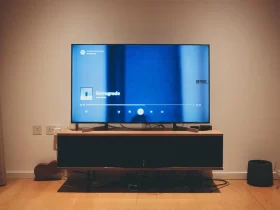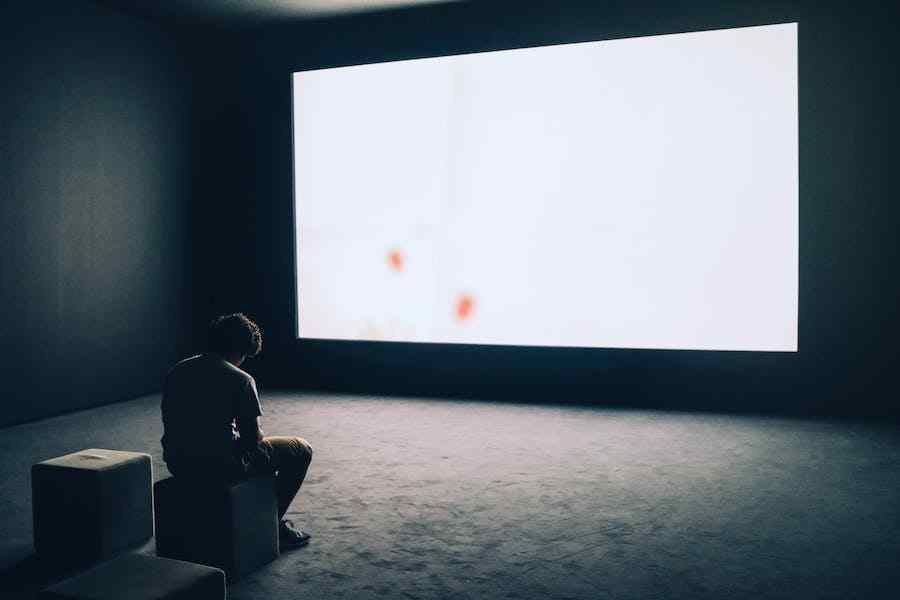In the realm of modern projection technology, the term “short-throw projector” has gained significant prominence. As our reliance on visual presentations and immersive media experiences continues to grow, understanding what a short-throw projector is and how it differs from conventional projectors is crucial. Short-throw projectors have revolutionized the way we engage with images and content, offering unique advantages in terms of space efficiency and interactivity. This article aims to unravel the mysteries of short-throw projectors, exploring their technology, applications, and the factors to consider when choosing one.
What Is A Short Throw Projector?
A short throw projector is a specialized type of projector designed to project large images from a short distance away from the screen or wall. It offers advantages such as reduced space requirements, minimized shadows, and enhanced interactivity, making it ideal for classrooms, boardrooms, and home theaters where space is limited.
How Does A Short Throw Projector Differs From Standard Projectors?
A short throw projector differs from standard projectors primarily in its throw ratio, which is the ratio of the projector’s distance to the screen to the width of the projected image. Here’s how short-throw projectors distinguish themselves:
Short-throw projectors require significantly less distance between the projector and the screen or wall to produce a large image. They typically have throw ratios of 0.4 to 1.0, meaning they can project a 100-inch image from a distance of 40 to 100 inches. In contrast, standard projectors have higher throw ratios and need more space.
Short-throw projectors are positioned close to the screen, which reduces the chances of people casting shadows on the projected image. This is particularly advantageous in classrooms and boardrooms, where presenters often move in front of the screen. Additionally, since the projector is closer to the screen, there is less chance of glare in the eyes of the audience.
Short-throw projectors are often equipped with interactive features, such as touch or pen-based input. This makes them suitable for interactive presentations, collaborative learning, and interactive gaming. Standard projectors may lack these interactive capabilities.
Short-throw projectors are space-efficient, making them ideal for smaller rooms or environments where space is limited. They eliminate the need for long projection distances, which can be impractical in tight spaces.
How To Choose The Right Short Throw Projector?
Choosing the right short throw projector involves several important considerations to ensure it meets your specific needs. Here’s a step-by-step guide on how to select the best short throw projector for your requirements:
- Determine Your Purpose: Identify the primary purpose of the projector. Is it for educational presentations, business meetings, home entertainment, or gaming? Different scenarios may have distinct requirements.
- Room Size and Layout: Measure the size and layout of the room where the projector will be used. Ensure that the projector’s throw distance fits within the available space.
- Screen Size: Decide on your desired screen size. Short-throw projectors can produce large images, but the specific model’s throw ratio will determine how large an image it can project from a given distance.
- Brightness (Lumens): Consider the ambient lighting conditions in your room. Higher lumens are essential for well-lit spaces, while lower lumens may suffice in darker environments. Aim for at least 2500 lumens for versatile use.
- Resolution: Choose the projector’s resolution based on your content and audience. Full HD (1920×1080) is a good standard, but higher resolutions like 4K may be preferable for detailed graphics or home theater.
- Connectivity: Ensure the projector has the necessary input ports for your devices (e.g., HDMI, VGA, USB). Some short-throw projectors offer wireless connectivity options for added convenience.
- Interactive Features: If you need interactivity, look for short-throw projectors with touch or pen-based interactive capabilities. Consider whether the projector comes with interactive software.
- Budget Considerations: Set a budget range based on your requirements and available funds. Short-throw projectors come in various price ranges, so it’s essential to balance features with cost.
- Brand and Model Comparison: Research different brands and models of short-throw projectors that meet your criteria. Read reviews, compare specifications, and consider factors like warranty and customer support.
- Demo or Testing: Whenever possible, test the projector in person or view demonstration videos to assess image quality, color accuracy, and ease of use.
Maintenance And Care Tips For Short Throw Projectors
Proper maintenance and care are essential to keep your short throw projector in good working condition and extend its lifespan. Here are some tips to help you maintain and care for your short throw projector:
Regular Cleaning:
Dust and dirt can accumulate on the projector’s lens and other components, affecting image quality. Use a soft, lint-free microfiber cloth to gently clean the lens, exterior, and ventilation openings regularly. Avoid abrasive materials that could scratch the lens.
Air Filter Maintenance:
If your short throw projector has an air filter, clean or replace it according to the manufacturer’s recommendations. Clogged filters can lead to overheating and reduced performance.
Proper Ventilation:
Ensure that the projector has adequate ventilation and is placed in a well-ventilated area. Avoid blocking the projector’s vents, as this can cause overheating.
Avoid Smoking and Dusty Environments:
Smoke and dust can damage the internal components of your projector. It’s best to use the projector in a smoke-free and clean environment.
Use a Surge Protector:
Plug your projector into a surge protector or uninterruptible power supply (UPS) to protect it from power surges and voltage fluctuations. This can prevent damage to the projector’s sensitive electronics.
Cooling Down Properly:
Allow the projector to cool down before turning it off completely or disconnecting power. Many projectors have a built-in cooling fan that continues to run for a few minutes after power-off.
Lamp Replacement:
If your short-throw projector uses a lamp as a light source, follow the manufacturer’s guidelines for lamp replacement. Over time, lamps lose brightness and may need replacement. Avoid touching the lamp with your bare hands; use gloves or a cloth.
Conclusion
In conclusion, short throw projectors offer a space-efficient, versatile, and interactive solution for various settings, from classrooms to boardrooms and home theaters. Selecting the right short-throw projector involves considering factors like room size, brightness, resolution, and budget. Regular maintenance and care, including cleaning, ventilation, and lamp replacement, are essential for prolonging the projector’s life. With proper care, short-throw projectors can provide exceptional image quality and performance, enhancing your visual experiences for years to come.
FAQ’s
What Is The Main Advantage Of A Short Throw Projector?
Short-throw projectors require less projection distance, reducing the chances of shadows and providing space-efficient solutions.
Can Short Throw Projectors Be Used For Gaming?
Yes, short-throw projectors are suitable for gaming, offering immersive gameplay with large images and interactive features.
Do Short Throw Projectors Require Special Screens?
While they work with standard screens, using a specialized short-throw projector screen can enhance image quality and reduce hotspots.
How often should I replace the lamp in my short throw projector?
Lamp replacement frequency varies but is typically needed every 2,000 to 5,000 hours of use, depending on the projector model and usage.
Can I Use A Short Throw Projector In Well-Lit Rooms?
Some short-throw projectors are designed for high brightness and can perform well in well-lit environments, but it’s essential to choose a model with sufficient lumens for your space.















